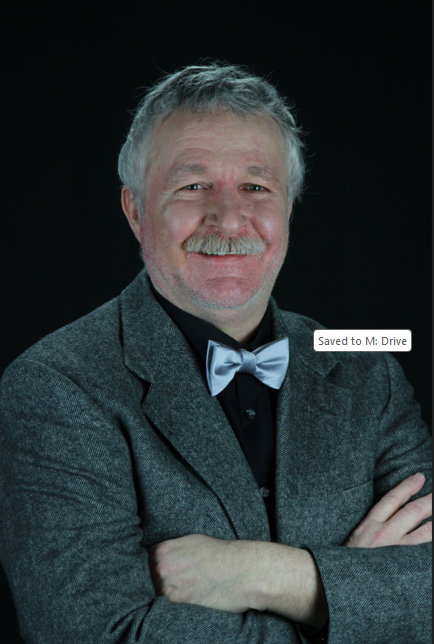An interview with David Hoisington: Brain Rehabilitation for Parkinson’s
Biography
I have a Ph.D. in rehabilitation counseling (Syracuse University, NY) with a thesis on empathy (full fellowship), and clinical experience with people suffering from brain injury. I also have 10 years’ assistant professor experience in human development and psychology. I was a weekly columnist for Parkinson’s News Today for 5 years (200 columns) and have published two books on self-management of Parkinson’s disease. Currently we are working with agent/consultant on our third book that describes the fundamental tool for Parkinson’s self-management called “Shifting.” More detailed information can be found on my LinkedIn page.
What is your passion and how did you get involved in Parkinson’s awareness and hope for a cure?
My passion is researching and writing about enlightenment for all humanity as the next step in human development, using shifting and facilitated shifting. I had been working on this for decades before being diagnosed with Parkinson’s in 2014. My writings on Parkinson’s applied the basic concepts of my previous work to developing workarounds to many of the issues caused by the disease. I hope to help people manage and live better with Parkinson’s until there is a cure.
Can you tell me more about your Advocacy?
All these questions assume that a formal treatment regime has been tested, proven effective, and established in a clinical setting. As I am retired from that type of clinical practice, my goal instead has been to advance the knowledge of brain rehabilitation as it applies to helping people with Parkinson’s. My writing has been my advocacy.
What would you like to see as a future goal for your Advocacy?
I’d like to see outcome testing done on the rehabilitation approach described in my two books and I would like to see shifting used by every clinician and caregiver.
In your opinion, what is the key to effective advocacy?
First is a better understanding of the brain and Parkinson’s, which I write about. Second: empathy – every person with Parkinson’s is unique. Third: learn about, develop, and practice shifting.
How does this also assist the caregivers?
Mrs. Dr. C is my caregiver and I’ve asked her to respond to this question.
10 years ago, when my husband was diagnosed with Parkinson’s, being a caregiver was just being the other person in the doctor’s office with the patient– unacknowledged and ignored. Caregivers have had to learn how to manage the medical system, manage the progression of the patient’s disease and how to manage their own wellbeing. Both Dr. C. and I practice “shifting” to manage the disease symptoms and our responses to both our daily challenges. Many positive comments on our Parkinson’s News Today columns were from caregivers.
How can someone get in touch? What is your website?
How can others also become advocates for brain training awareness?
I would like to encourage anyone with Parkinson’s or their caregivers or providers to read the ideas contained in my three books and pass them on.
What are some easy first steps someone with Parkinson’s can do to live better?
I call it TBM –T – Threshold management, B – Brain rewiring, and M – Mindful movement. One can find detailed descriptions of TBM in my books. This is what I recommend as a starting point for all persons with Parkinson’s.
How can we better fund raise to support a cure for Parkinson’s?
My focus has been on how to live better with Parkinson’s. It is about training the brain to work around the insults caused by the disease. I would like to see more funding directed to this approach. My work has just barely scratched the surface.
What other activities do you undertake to help improve and support your daily living, e.g., exercise and alternative remedies?
Regular exercise at least one hour a day. I garden (weather and body permitting). I engage in daily mental exercise, reading and writing, and practice shifting. Showing gratitude to your caregiver, family, and providers.
Why should people who don’t have Parkinson’s care about this?
The brain training principles and learning to live well apply to any chronic disease. Caretakers, family, and providers can provide more compassionate support by helping the patient to accomplish shifting – and practice it for themselves.
Have you had any family members or relatives affected by Parkinson’s disease?
Very distant relatives with whom I had no contact.
If you had one song that would tell us more about you or represent your life, which song would it be?
“Climb Every Mountain” from the Sound of Music. Mrs. Dr. C. finds truth in “Changes” by Phil Ochs.
If you had one final statement or quote you could leave for the Parkinson’s community, what would it be?
Find a way to work around the effects of the disease: Get Up – Show up – Don’t give up,
_____________________________________________________
TogetherForSharon® In memory of my mother, Sharon to voice awareness & hope for a Parkinson’s Disease cure. Sharon’s Son, George
Support https://www.togetherforsharon.com/shop/

